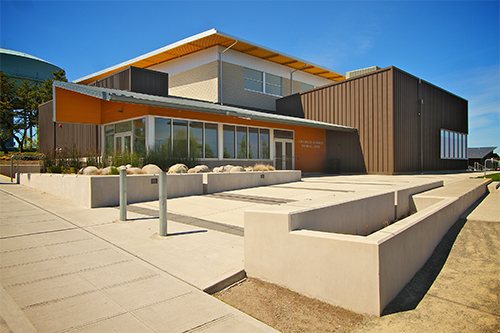
Broadly defined, digital citizenship is the appropriate use of digital technologies. It consists of the norms of appropriate, responsible behavior with regard to the use of technology. A digital citizen refers to a person who has the knowledge and skills to effectively use digital technologies to communicate with others, participate in society, and create and consume digital content. Digital citizenship is about confident and positive engagement with digital technologies.
Why is digital citizenship important?
Technology is ubiquitous, encompassing everything that we do and – in some way, shape, or form – dictating how we live our lives day-to-day. Because our students live in this digital age, we believe that the fundamental principles of digital citizenship should be embedded in their education from a very early age. We need to help them grow positively and responsibly as they learn to interact with technology.
By the time children are 13 years old, social media has become their main source of information and news gathering, usually via their phones. Without proper Digital Citizenship education, they would not fully understand that when accessing news and information in this way, content is influenced by algorithms that are designed to show them information that is relevant to them based on previous searches, items read and/or liked, etc. Students are made aware how social media’s lack of regulation, together with the algorithms that are designed to filter information according to a user’s likes and profile, mean that the news received by young students is unlikely to be a holistic overview and, in many instances, is distorted. That is why education is so important to help students understand how algorithms work and to encourage them to gather information from different sources.

For all of these reasons, at OLG, teaching Digital Citizenship from a very young age is crucial. It is our responsibility to help our students be safe when interacting with technology, to learn to discern the difference between what is real and what is virtual, to discover how information can be manipulated, and to strike the right balance between social and virtual interaction.
